By Seemi Aziz, The University of Arizona, Tucson
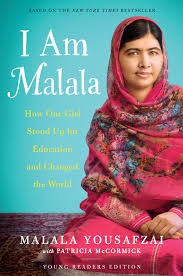 Since Malala Yousafzai, a Pakistani heroine who propagates education for women, hit the world stage there has been a huge spotlight on her life and activities globally, especially captured and projected in the arena of children’s books. Her near-death experience at the hands of the Taliban sets her story apart in more ways than one. Her dramatic entry into the global narrative reinforces concerns of women’s oppression and lack of education in Muslim countries and takes it to whole new level. Continue reading
Since Malala Yousafzai, a Pakistani heroine who propagates education for women, hit the world stage there has been a huge spotlight on her life and activities globally, especially captured and projected in the arena of children’s books. Her near-death experience at the hands of the Taliban sets her story apart in more ways than one. Her dramatic entry into the global narrative reinforces concerns of women’s oppression and lack of education in Muslim countries and takes it to whole new level. Continue reading


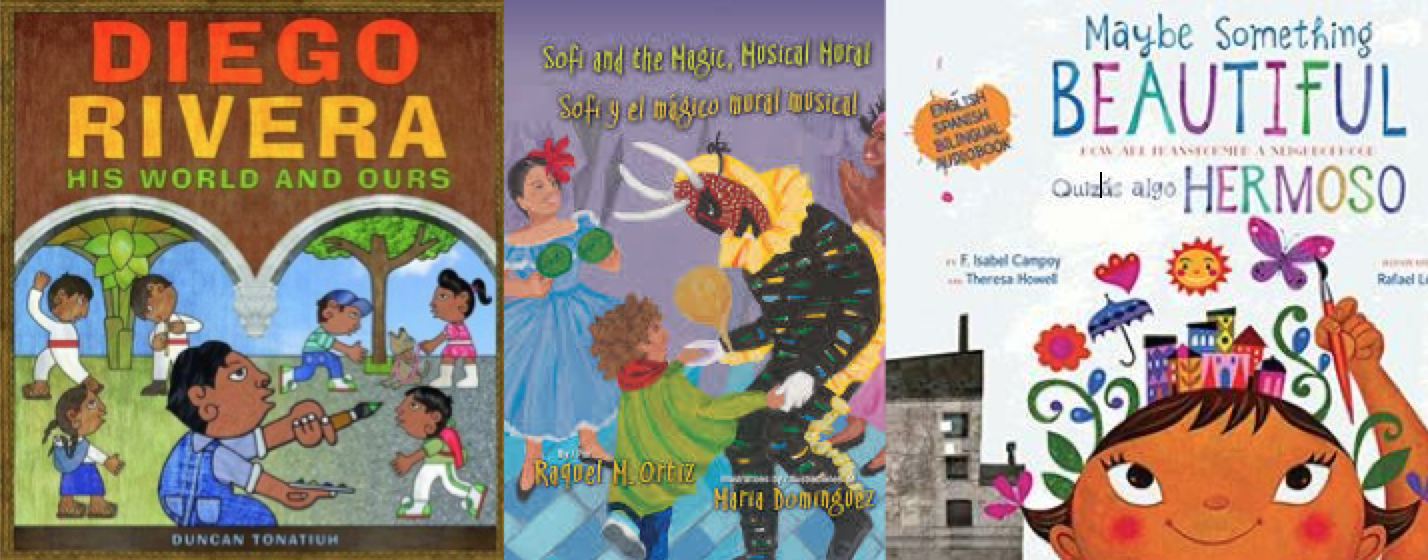
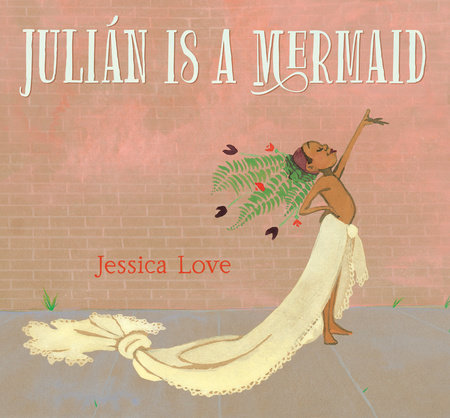
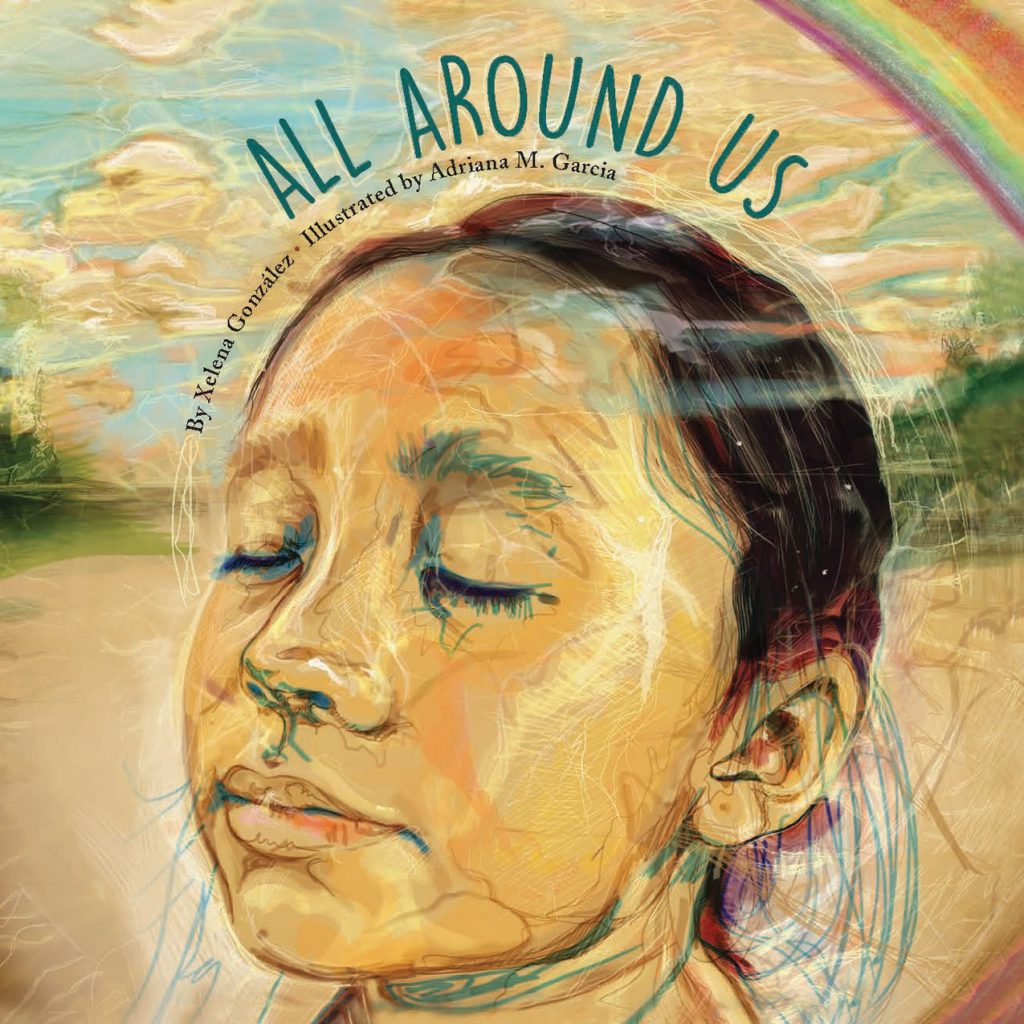

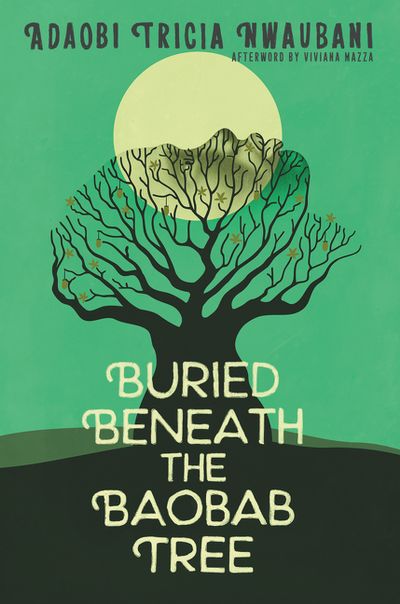 For the next two blogs our discussion will focus on Buried Beneath the Baobab Tree, by Adaobi Tricia Nwaubani. This story is based on the experiences of girls captured by the extremist group, Boko Haram in Nigeria. Nwaubani (2018) writes, “since 2009, the terrorist group Boko Haram has been fighting an armed insurgency with the aim of creating an Islamic state in northern Nigeria. More than twenty thousand people have been killed and over two million displaced by the fighting” (p. 293). Boko Haram has wreaked havoc on Nigeria and its people, and the group received worldwide media coverage when they kidnapped 276 girls from a Chibok school. According to the
For the next two blogs our discussion will focus on Buried Beneath the Baobab Tree, by Adaobi Tricia Nwaubani. This story is based on the experiences of girls captured by the extremist group, Boko Haram in Nigeria. Nwaubani (2018) writes, “since 2009, the terrorist group Boko Haram has been fighting an armed insurgency with the aim of creating an Islamic state in northern Nigeria. More than twenty thousand people have been killed and over two million displaced by the fighting” (p. 293). Boko Haram has wreaked havoc on Nigeria and its people, and the group received worldwide media coverage when they kidnapped 276 girls from a Chibok school. According to the 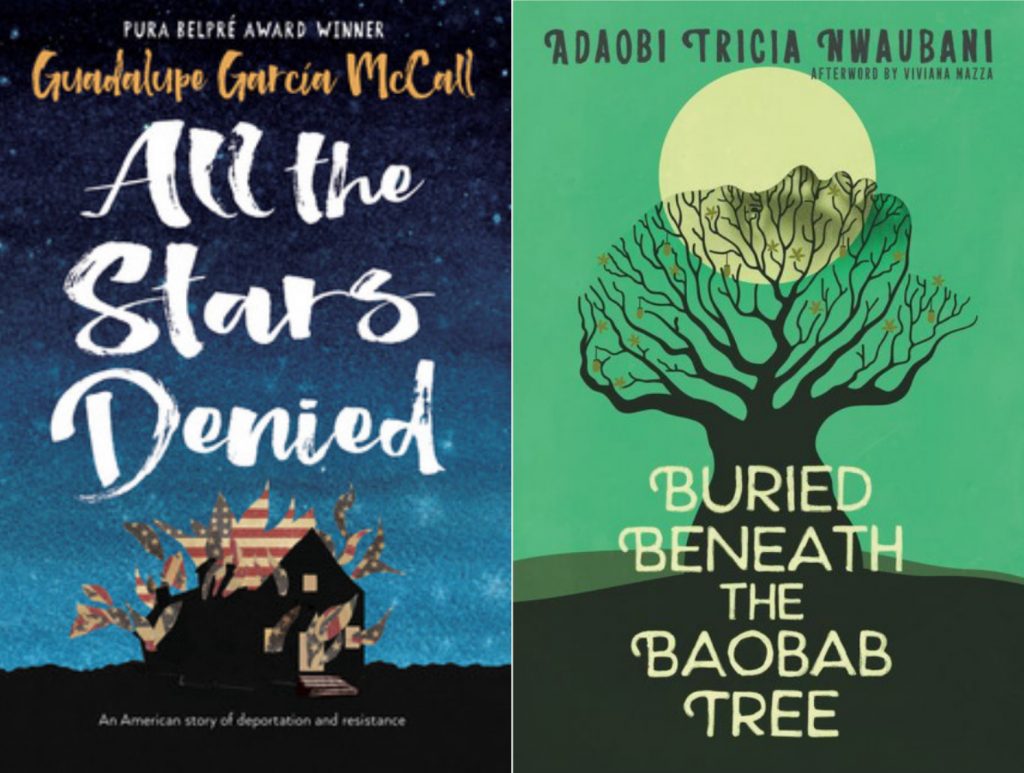
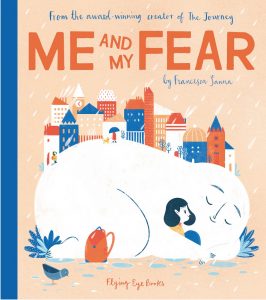
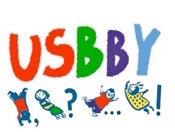 Both the prestigious American Library Association Awards and the
Both the prestigious American Library Association Awards and the